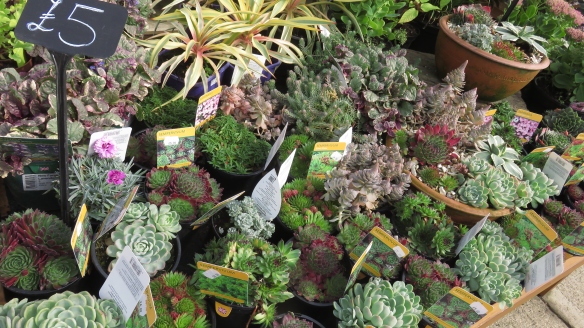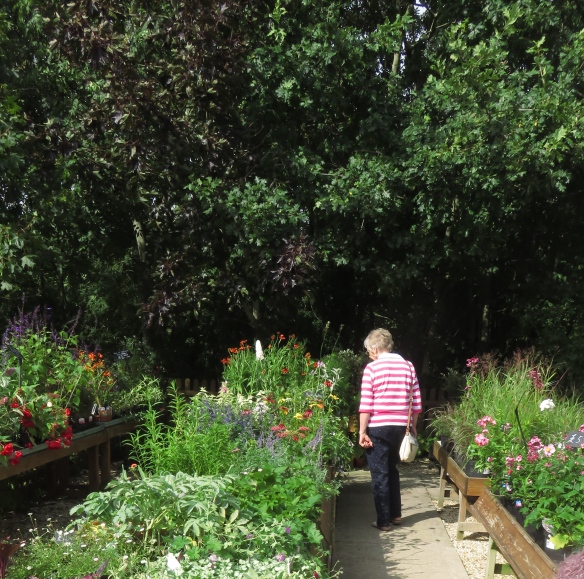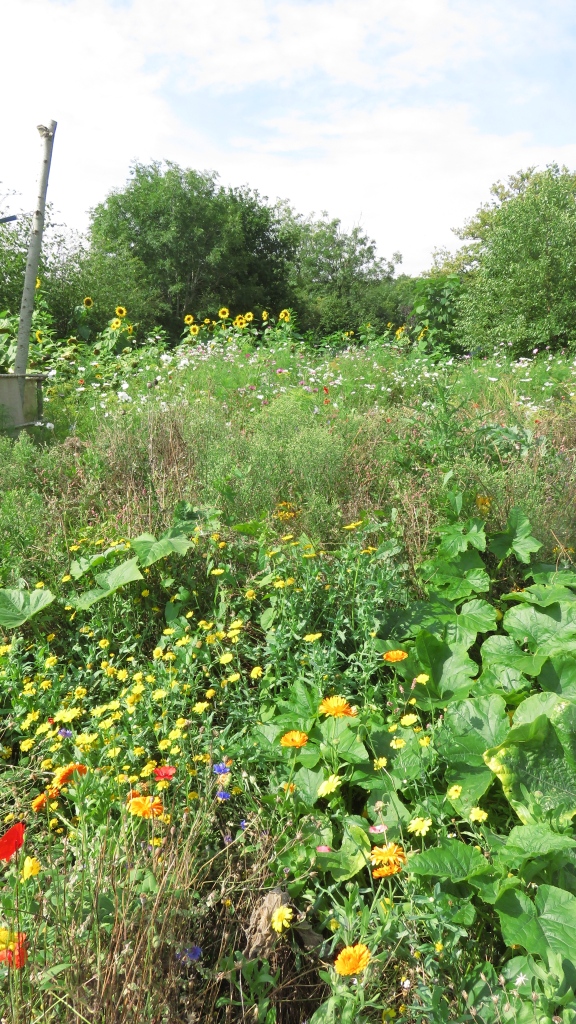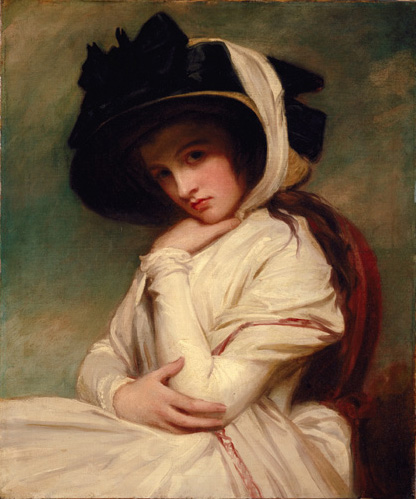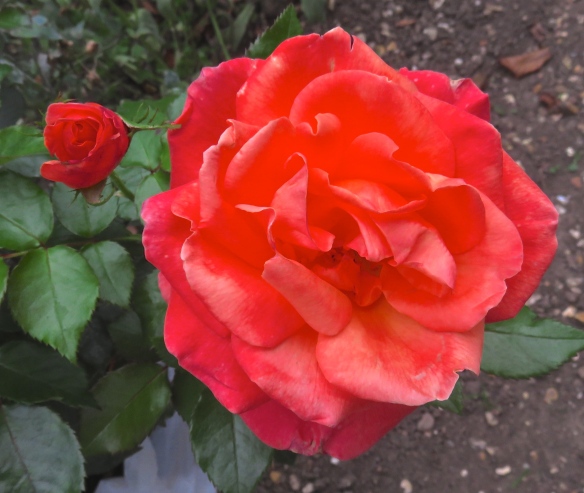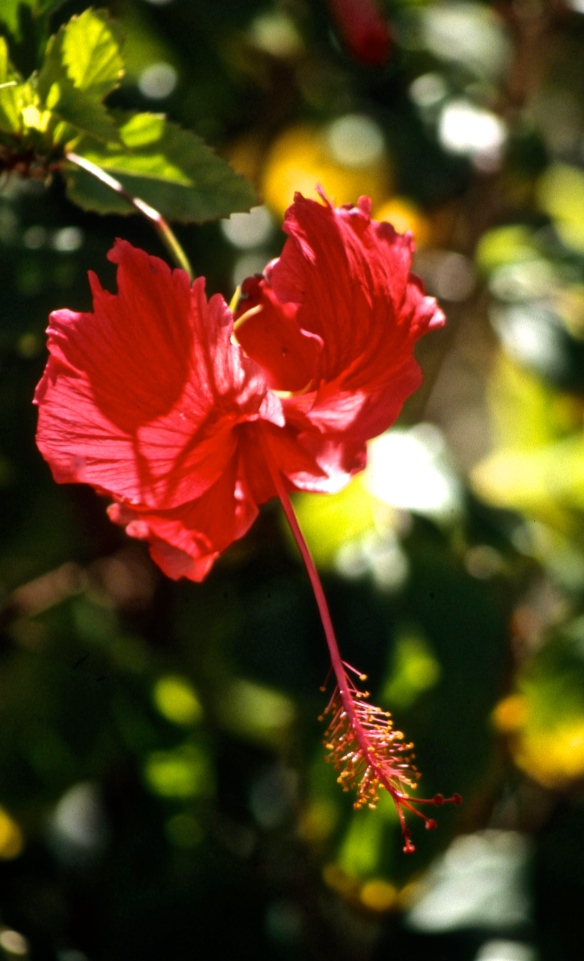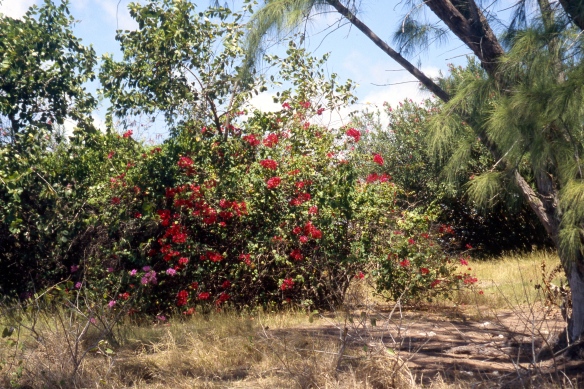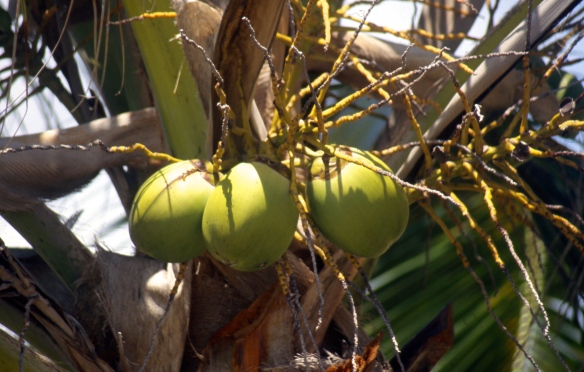During the few days waiting for Sam to arrive in Port St Charles, Barbados, and afterwards, I took the opportunity to roam the Island with my camera.
Jessica, Louisa, and I began our stay in an hotel on the southern tip of the island, some miles from the finishing point, but soon transferred to join Chris, Frances, and Fiona in one in the luxurious developing holiday playground.
This area presented a stark contrast to how the rest of the inhabitants of Barbados lived. Our hotel was surrounded by a compound patrolled by armed guards to keep out people like a coconut seller seated on the wall outside. His produce looked unappetising and he charged fairly optimistic prices.
Some distance away, a young woman, seated on a rugged outcrop gazing out to sea, was persuaded to rise to her feet.
Port St Charles (Speightstown on the map) lies on the Caribbean Sea to the north west of the Island. To the east storms the Atlantic ocean. The two bodies of water meet at the northern tip of the Island. Rowers need to navigate this point with precision. Too wide and the current would would carry them to Cuba, too near and they would be smashed on these rocks. The competitors rowed in pairs or solo. One of the pairs hit the rocks, and had to be rescued.
These seascapes are of the more gentle Caribbean.
Much less inviting was the dark, violent, Atlantic that, on the last couple of days, swept my son so fast towards his final destination that he dropped his anchor to slow himself down in order to arrive in daylight. Not for him, Cuba or the rocks.
Meanwhile, I traversed the island.
Cacti flowered profusely;
I learned later that this is a calotropis;
this is an hibiscus;
bougainvillea grows everywhere on the island;
as do coconuts.
A lone stork stands out from the long grass by the sea,
on the coast of which expensive holiday homes contrast with
the traditional wooden chattel houses.
I was surprised to see a horse lurking in the hedgerow, but have since learned that racing is a popular pastime, dating from the colonial years.
This is possibly a grackle, or a Barbadian Black Bird.
The iridescent blue tinge on the neck of the Zenaida dove is intriguing.
I expect there were plans for this rusting drum.
I have seen graffiti in many forms, but only on Barbados has it been carved into succulents.






































